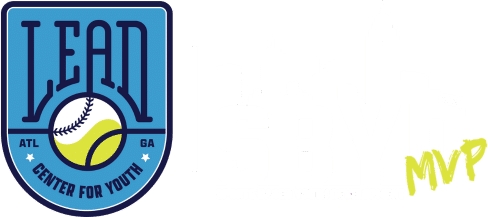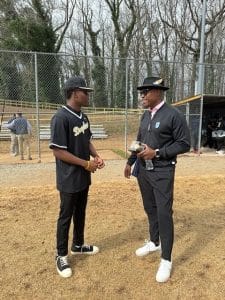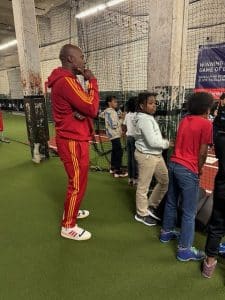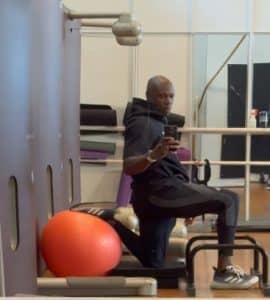In a world inundated with digital exchanges, calls, and meetings, I’ve developed my own hierarchy of interactions. Time may be considered the most valuable resource, but to me, energy takes the crown. My life mission is to be significant, starting with my family, and extending to millions.
Believing in the importance of every person and thing, I’ve realized the limitations of my capacity. To preserve my energy for meaningful endeavors, I’ve established a strict filter—the Critical Change Construct.
Conviction: All interactions begin here. By aligning hearts, we pave the way for meaningful connections.
Connection: Once convicted at the heart, we can forge a connection at the head—intelligently and purposefully.
Consensus: Building consensus involves making promises and guarantees about our shared goals, setting the foundation for collaboration.
Collaboration: Shared resources come into play here, ensuring that promises and guarantees are upheld.
This construct acts as a guide in determining who to meet, when to meet, what to meet about, how to meet, and where to meet. Meaningless meetings fall by the wayside, as my focus is on interactions aligned with my life mission.
However, within this construct, there’s a nuanced approach to prioritizing meetings:
– Text message: Quick exchanges for urgent matters or brief updates.
– Email: Detailed discussions or document sharing.
– Phone call: Personal or urgent matters that require immediate attention.
– Virtual meeting: Collaborative discussions or presentations.
– Meeting without food: Important discussions or planning sessions.
– Meeting with food: Intimate gatherings to establish and maintain trust.
Meeting with food holds high value to me because it consumes more time and resources. It’s an opportunity to nurture relationships and foster trust in a relaxed setting. However, I recognize that not every meeting requires food; some matters can be efficiently addressed through digital means.
My approach isn’t about being exclusive; it’s about being intentional. Convicting conversations might be challenging, but they lay the groundwork for truly meaningful relationships. So, if a meeting doesn’t contribute to fulfilling my life mission or align with the Critical Change Construct, I gracefully opt out.
In a world where time is often spent without much thought, I choose to invest my energy where it matters most, making each interaction count toward a significant and purposeful life journey.
Photo Credit to Kathryn Igou





